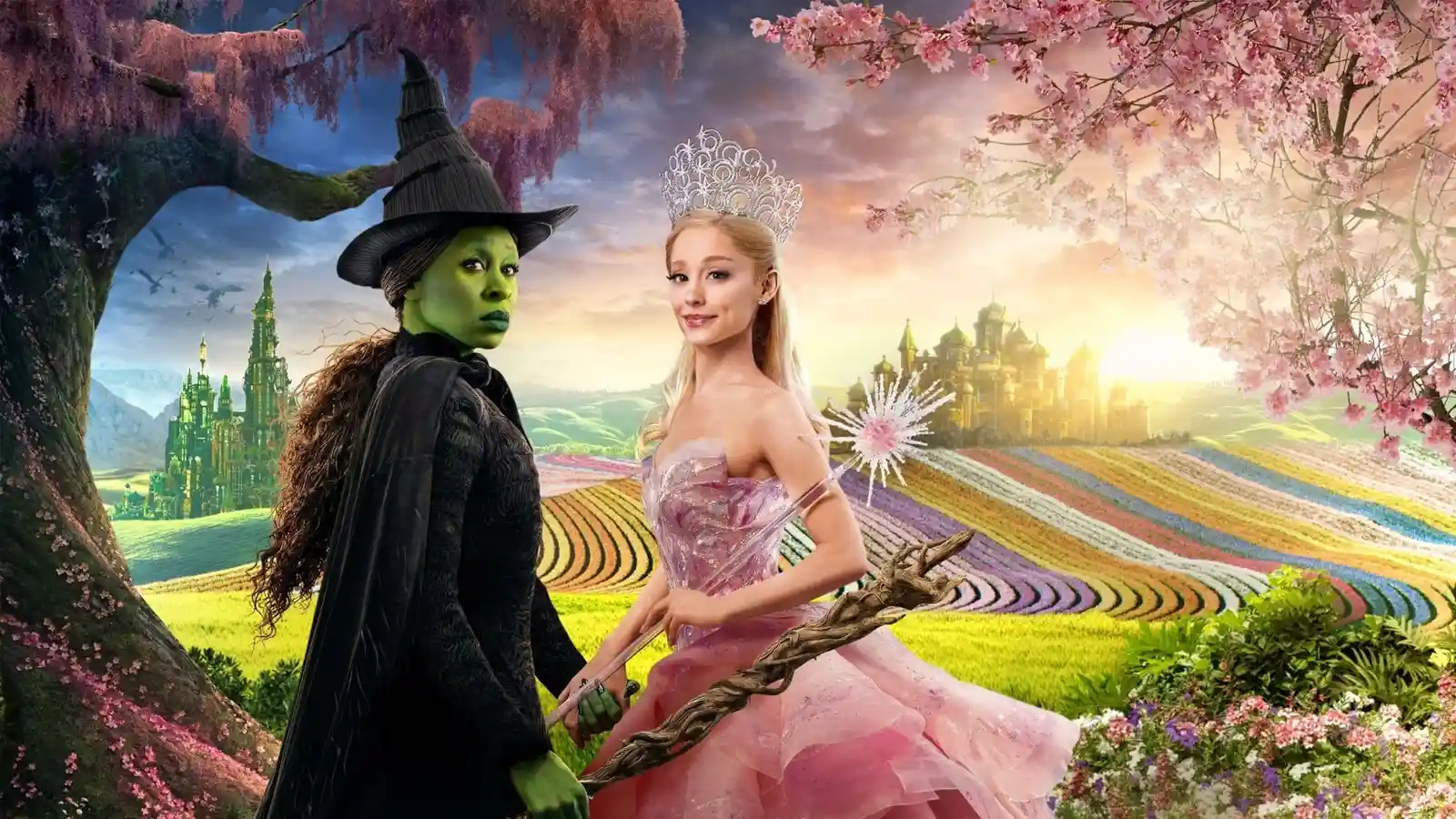Abraham Maslow
Learn how our hierarchy of needs relates to media studies and helps explain why we consume texts.
Introduction
In contrast to previous psychology studies and research which focused on illness and behaviour considered abnormal by mainstream society, Abraham Maslow wanted to explore positive mental health and the characteristics you need to be successful in life. Using a qualitative method called biographical analysis, he began reading the work and histories of some very famous people, such as Abraham Lincoln and Aldous Huxley, to gain some insight into their personality and, consequently, try to discover the traits they shared.
If you want to be the next Einstein, Maslow would argue, you need to have an efficient perception of realty and be aware of your environment, be willing to accept yourself and others, have a strong sense of independence, be spontaneous and not always conform to society’s expectations, and have compassion for other people. The psychologist’s list was longer but these examples should give you a good idea of the creativity needed to be successful.
Maslow borrowed the term self-actualisation to describe this type of person who realised their full potential.
Contents
Hierarchy of Needs
From this research project and other observations, Maslow went on to develop his Hierarchy of Needs, a motivation theory of psychology which attempts to define how we behave according to our needs and wants. Initially, he offered five different classifications: physiological, safety, social belonging, self-esteem and self-actualisation:
Physiological
The physiological category refers to our most basic need to survive. Everyone is motivated to find water, food and shelter. Or, late at night, if you are feeling stressed and overwhelmed by your media studies revision, your basic need will be to sleep. The supermarket shelves are full of products and basic necessities which will fulfil these needs. The following advertisement for a Snickers chocolate bar is a wonderful example of a product targeted towards this first category:
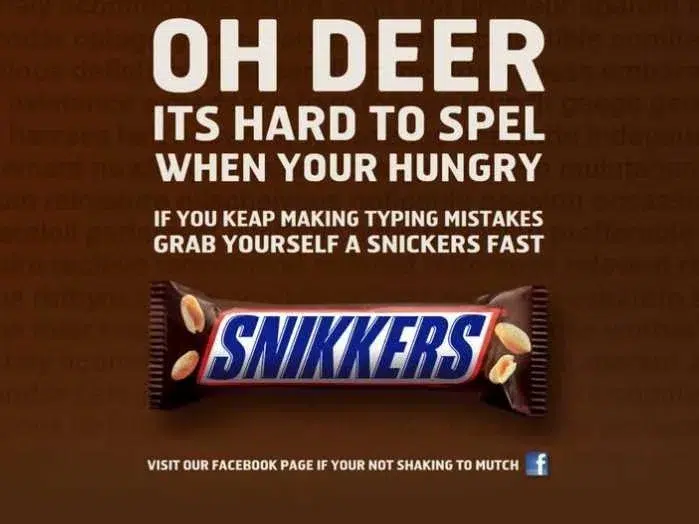
Notice how it suggests our hunger must be satisfied before we can engage in other tasks. This is similar to Maslow’s original argument that needs lower down in the hierarchy must be met before we can focus on those needs ranked higher.
Safety
We all want to feel emotionally and physically secure. Financial independence is also an important motivator. These are examples of Maslow’s safety category. Consider the following advertisement which focuses on the terrible danger posed by fire and our need to be safe from harm.
It is worth analysing the very emotive signifier of the cartoon dog in terms of Peirce’s interpretant stage of his triadic model of communication. The mental concept will probably be decoded in terms of children and our duty to protect those who need our help most. This might make parents more likely to test their smoke alarms – the object of the advertisement.
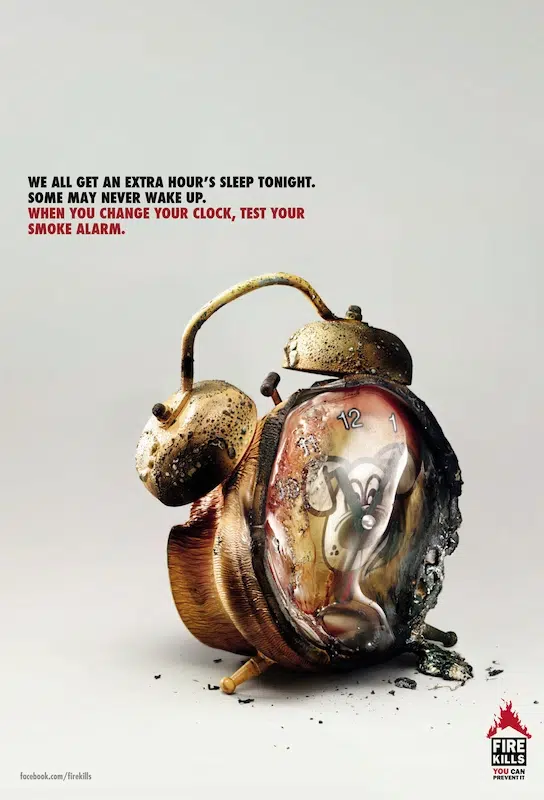
Social Belonging
The next category is social belonging, which refers to our desire for interpersonal connections and to be part of a social network. The modern digital social networks, such as Instagram and Twitter, obviously appeal to this motivation. Look at this classic advertisement from Nokia. The two hands reaching for one another connotes the ability of the company’s mobile phones to bring people together within touching distance despite the geography that might separate us from our friends and loved ones. Put simply, we want to feel connected.

This sense of emotional connection is very similar to the concept of personal relationships in the uses and gratifications theories. The argument is straightforward – we consume media texts because we want to share our experiences with others and develop our relationships. You should also consider Henry Jenkins description of fandoms and our desire to come together to share our love for a particular media text.
Self-esteem
If we are part of a social circle, we will then want to feel accepted and valued by the group. This is the self-esteem category. Again, in terms of social media platforms, we want people to like our photographs, share our stories and smash that subscription button to our YouTube channel. Increasing the number of followers will certainly boost our self-esteem. Dove’s “Real Women” campaign is an excellent example of appealing to our esteem and self-worth:

Self-actualisation
Finally, at the top of this hierarchy is the strong desire for self-actualisation. We all want to achieve our full potential in our careers, creative endeavours and our roles in society. Some people want to succeed in athletics. Others might want to focus on medicine and research. Some people even want to be media studies teachers.
Since marketing companies and political strategists know this this the highest ranking need, they will often try to engage audiences and their desire for personal fulfilment. The slogan “Be the Best” epitomises this appeal to this need for self-actualisation.
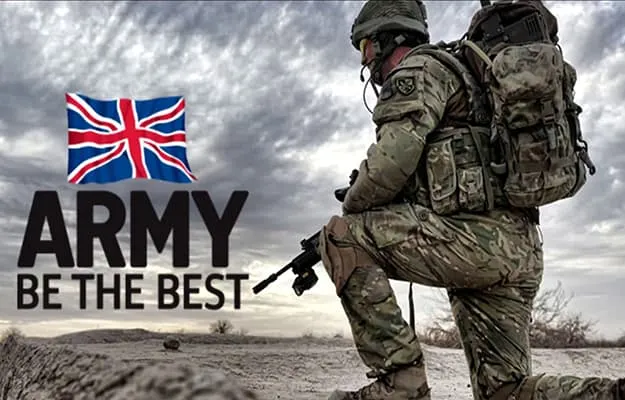
The Pyramid
Although his model is often conceptualised as a pyramid with the most fundamental needs at the bottom and a desire for self-actualisation at the top, it is important to note that Maslow never actually used this diagram in his original work.
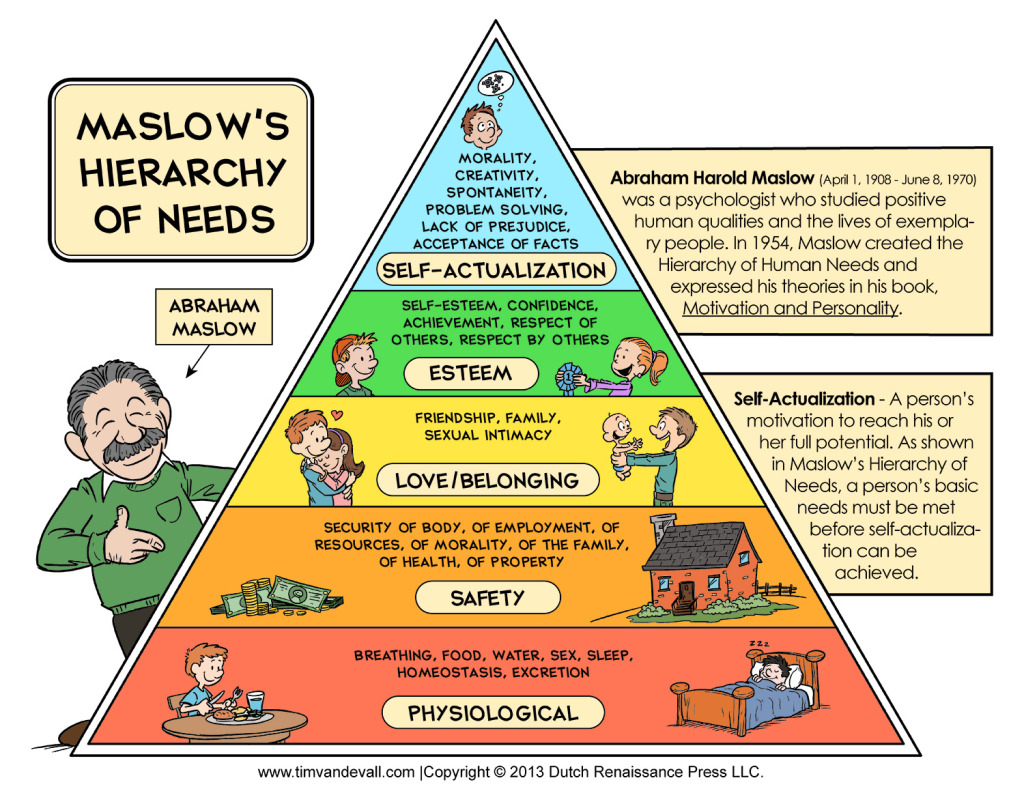
Development
Maslow continued to refine his theory over several decades. For example, in 1987, the psychologist suggested the hierarchy is not “rigid” and “any behavior tends to be determined by several or all of the basic needs simultaneously rather than by only one of them”. In other words, for some individuals, the need for self-esteem might be more important than any safety consideration, or we might be motivated by the desire for a sense of belonging and self-actualisation at the same time.
Maslow (1962) also argued that we are always “becoming” the person we want to be. In this way, we can also express the idea of self-actualisation and personal growth in terms of our identity because its fluidity – what is important in our lives will, inevitably, change.
His final hierarchy of needs included three more rankings. Before self-actualisation, we may seek to satisfy our cognitive needs and deepen our understanding of the world, and our aesthetic needs can be met through our search for beauty and balance in our lives. At the top of this order is the idea of transcendence, which refers to our desire for moments beyond the self, such as religious or scientific experiences.
Targeting the Audience
When you are developing a media text, it is incredibly important to identity your primary target audience and appreciate their values and ideologies. If you do not understand the needs of the end user, or know if an audience even exists for your product, your marketing strategy will be ineffective and your text will be less likely to succeed.
Since audiences are active consumers of the media, narrowing your focus to certain demographics or psychographics can help you deliver your brand message or sell your product.
Maslow’s hierarchy of needs explores our motivations and behaviours – it is a very useful way to understand consumers and why they might engage with a text.
Nike Advertisement
The best way to develop your understanding of Maslow’s Hierarchy of Needs is to apply the theory to a variety of media texts. We are going to begin with this advertisement for Nike.
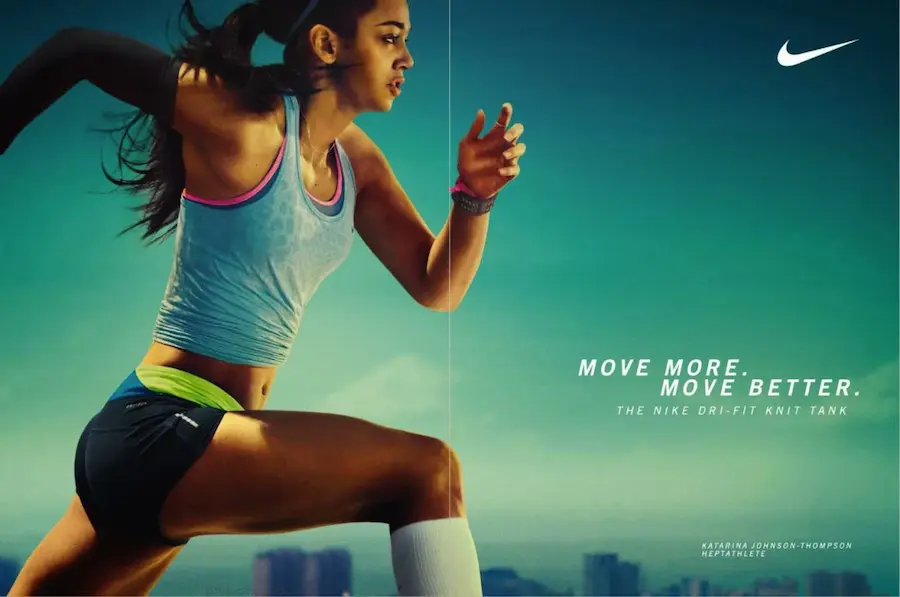
Nike is a major manufacturer of sports equipment and clothing. Their trademark “Just Do It” and swoosh logo are instantly recognisable. In this example, the tagline “Move More, Move Better” is a direct appeal to our desire for self-esteem, especially the focus on achievement. The preferred reading is straightforward: buy Nike products and achieve your ambitions.
Notice how the tagline is presented in capital letters and italics. This font choice reinforces the mental concept of success because it suggests strength and forward motion.
Powering towards the finish line, the athlete’s body language encodes talent and determination. Runners will certainly appreciate the technique and will want to improve their own performance on the track.
Since the 1970s, Nike have sponsored popular sports teams and high-profile athletes to promote their products and maintain their market dominance. Endorsed by Katarina Johnson-Thompson, who is a British heptathlete and two-time Olympian, this advertisement draws attention to their specialist tank tops for runners.
In terms of the two-step flow theory of communication, Johnson-Thompson is the opinion leader whose triumphs on the world stage will appeal to her opinion followers. We could argue this process works because the celebrity endorsement appeals to our need for belonging and having a meaningful connection to the sporting community.
Although sport and health are linked to our physiological needs, advertisements for sports clothing and equipment tend to appeal to the psychological need for self-esteem and even our desire for self-actualisation. We all want to fulfil our potential and Nike, according to the advertisement, can help us achieve our ambitions.
self-actualization… refers to the person’s desire for self-fulfillment, namely, to the tendency for him to become actualized in what he is potentially.
Abraham Maslow (1943)
Finally, Maslow suggested we also have aesthetic needs, and we are motivated to find beauty in the world. The signifier of the knit tank being promoted by the advertisement looks great. There is also a wonderful aesthetic quality to the athlete’s movement. Johnson-Thompson appears balanced and determined.
It is worth linking the analysis to ways we use of the media to construct our identity. This concept is described very effectively by David Gauntlett, but it is also worth considering the category of personal identity from the uses and gratifications theories.
Liverpool Hope University
By exploring the motivations behind consumer behaviour, marketing agencies might be able to appeal their primary audience more effectively. Created by the McCann ad agency network, Liverpool Hope University’s campaign was targeted towards prospective undergraduate students.

The mode of address is direct: “Your Future”. The reference to “hope” positions the audience to believe in their ability to fulfil their potential. It is also a pun linked to the name of the university. Self-actualisation begins with Liverpool Hope University.
This mental concept of achievement is clear in the signifier of the graduating students in their gowns and hoods and throwing their caps into the air. They are all happy and confident. The advertisement is promising to satisfy your need for self-esteem.
Consider the representation of the students on the left. They are working hard through their notes, suggesting the courses at the university will be challenging and engaging. Importantly, the image is also appealing to our need for belonging – a sense of community.
The signifier of the tress could be a metaphor for your intellect blossoming at university. It could also be an appeal to our need for safety, especially mental health, because they suggest you will enjoy the open spaces available at Liverpool Hope.
There is a syntagmatic relationship between the signs. Reading from left to right, the advertisement is saying to work hard in university, enjoy the culture, and you will succeed.
Final Thoughts
Abraham Maslow’s hierarchy of needs is a motivational theory in psychology which describes our essential needs which can determine our actions. Everyone might want to reach a level of self-actualisation, but our progress is often disrupted by our inability to satisfy the lower level needs.
When our circumstances change, so do our motivations and behaviours.
Marketing agencies are always trying to attract the attention of their target audience through different lines of appeal, such as celebrity endorsement or the promise of a luxurious lifestyle. By exploring the motivations behind consumer behaviour, advertisers can also demonstrate how their goods and services satisfy our needs, making us more likely to desire whatever is on offer.
The uses and gratifications theory is another critical framework which focuses on audience motivation. You should also read our guide to the AIDA principle of marketing to see how advertisers structure their messages to match the buyer’s journey.
Bibliography
Maslow, Abraham (1943): A Theory of Human Motivation. The Journal Psychological Review.
Maslow, Abraham (1970): Motivation and personality.
Stay Tuned
Curious about how audiences respond to media texts? The following articles explore how we interact and interpret the media.






